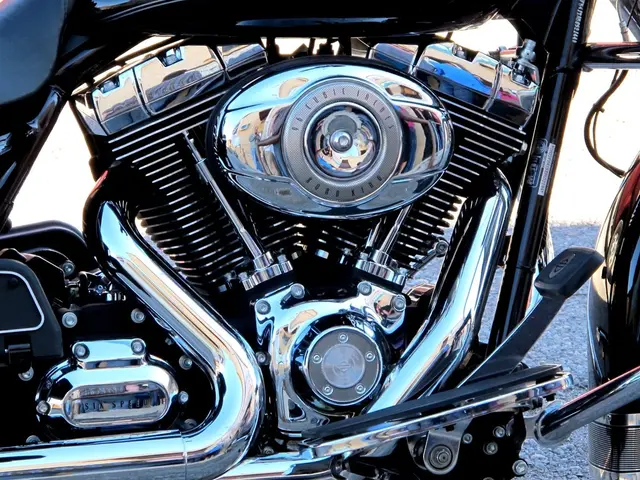Avoiding Errors in ATO: A Guide to Steer Clear of Blunders!
Setting up an Aquarium Auto Top Off (ATO) system can significantly simplify the maintenance of your aquarium. However, to ensure efficient and safe operation, it's essential to avoid some common mistakes.
1. **Incorrect Placement of the Water Outlet**: Placing the water outlet below the water level can cause back siphoning, where saltwater flows back into your ATO reservoir. To prevent this, ensure the water outlet is always above the water level.
2. **Improper Siphon Break Setup**: Not using a siphon break or placing it incorrectly can lead to continuous refilling. Position the siphon break in the reservoir and above the water level to properly break the siphon.
3. **Failing to Configure the Failsafe Mechanism**: Not setting up the failsafe sensor and related security features can result in overfilling. Activate the failsafe sensor and Quick Security Technology (QST) to prevent overfilling by detecting abnormal refill times and alerting the user.
4. **Inadequate Pump Placement**: Placing the pump too close to the wall of the reservoir or not keeping it upright can affect water flow and pressure. Ensure the pump is at least 2 inches away from the wall and remains upright.
5. **Insufficient Reservoir Size**: Using a reservoir that is too small can lead to frequent refills and potential pump burnout, while a reservoir that is too large risks excessive freshwater addition in case of ATO failure. Choose a reservoir that can hold enough water to cover the daily evaporation loss of your aquarium.
6. **Incorrect Salinity Settings**: Not monitoring or adjusting salinity levels appropriately can disrupt the aquarium's ecosystem. Use high-quality test kits and monitor the system regularly to ensure stable salinity levels.
For hang-on style equipment without a dedicated pump chamber, the XP Aqua Sumpless ATO is suitable for mounting directly inside the display aquarium. In all-in-one style aquariums, the ATO sensor should be placed in the pump chamber of a sump or the chamber housing the return pump.
Regular maintenance of the ATO system, including the ATO sensor and reservoir, is crucial to prevent salt creep and calcareous deposits, which can lead to failure. Clean the ATO sensor monthly or as needed, and keep the ATO reservoir clean and free of contamination.
When setting up your ATO system, always use a siphon break valve to reduce the risk of overfilling your aquarium. Check your filtered freshwater using a TDS meter before filling the ATO reservoir, and ensure the end of the water fill line is above the water line in your tank or sump to prevent back siphon.
Choosing the right reservoir size is also crucial. A 5-gallon reservoir is suitable for aquariums up to 75 gallons, a 10-gallon reservoir for aquariums up to 120 gallons, and a 15-gallon reservoir for aquariums over 200 gallons.
By following these guidelines, you can ensure a smoothly operating ATO system, maintaining a healthy and thriving aquarium environment.
- To enhance the efficiency of your Aquarium Auto Top Off (ATO) system, consider integrating it with smart-home-devices for remote monitoring and control, making maintenance even more effortless.
- After setting up your ATO system, consider upgrading it with aquarium controllers and gadgets, such as smart pumps, salinity controllers, and temperature probes, to further optimize your aquarium's environment using advanced technology.




